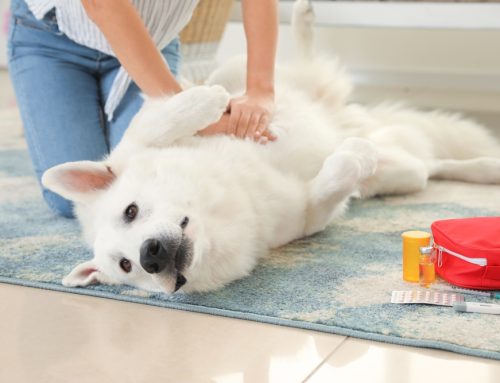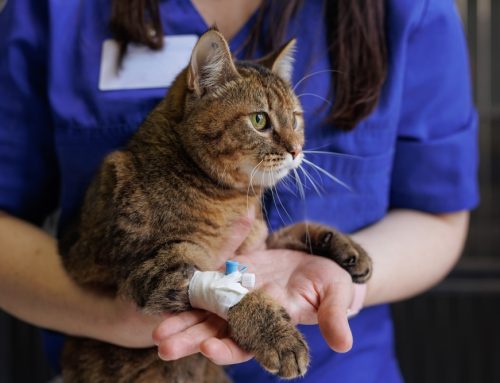
What To Feed Your Pet Bird
Whether you are an experienced bird owner, or you just got your first cockatiel, lovebird, or budgie, finding the ideal diet can be challenging!
Manufactured pellet diets should be the staple.
Manufactured (or extracted) pellet diets provide the most balanced and nutritious diets for your pet. However, some birds will not naturally realize the pellets are food. Starting them on a manufactured diet while they are young is the best way to get them to recognize these pellets as food. If your bird has grown up on a seed diet, then you can slowly introduce the pellets into the seed diet and ultimately transition to a primarily pellet diet.
Harrison’s Bird Foods also offers “bird bread”, a great option for converting your pet to a manufactured diet. The bird bread loaf can contain their favorite seeds/snacks, but the loaf itself is made of the manufactured diet that your bird needs. With this loaf they will have to dig through their new food to get their treats, which will associate the flavors of the new diet with their old favorite foods. Hopefully they will also begin to eat the loaf itself and get the nutrients they need.
Other than pellets what should/shouldn’t I feed my bird?
Table scraps are often very high is salt and fat, and these are not beneficial nutrients for your pet. Specifically avoid avocado and chocolate as they are toxic! Their treats should be fruits, vegetables/legumes, and whole grains that they love and that keep them healthy. Pellets should be about 75% of the diet. The remaining 25% should be split as follows: 50% whole grains, 40% vegetables/legumes, 10% fruits.
- Whole grains: whole wheat breads, whole grain pastas and cereals, nuts, and sugar-less oatmeal
- Vegetables/Legumes: beans, peas, lentils, alfalfa sprouts, broccoli, spinach, brussels sprouts, mustard/turnip greens, kale, red pepper, carrots, squash and sweet potato (Beans, squash, and sweet potato should always be cooked)
- Fruits: blueberries, plums, mango, apricot, and papaya (avoid giving any fruit that came from near the pit- avoid the middle of peaches)
Foraging behaviors are good for your bird.
Foraging is the act of searching for food, and birds tend to spend many hours of their day foraging. Companion birds who are not taught to forage are often bored and will spend extra time on other activities like preening. This can eventually cause themselves harm by over preening.
With pets, food is often left in one location and never moved. Providing food at multiple levels, moving the location of the food, providing food puzzles, and hiding the food are all ways to encourage foraging behaviors. With your companion bird, foraging must be taught slowly so they do not get irritated or discouraged. Start by just adding extra bowls, then advance to covering bowls with a paper, then securing the paper to the bowl, etc.
When teaching your bird to forage you should split the daily ration of food between all the bowls. This will encourage the bird to forage since they won’t be full after eating from their primary food source.
Water is also an essential nutrient.
Your bird needs fresh water as part of their diet. Make sure to clean the water dish and give fresh water daily. The majority of the water-soluble supplements or additives can become toxic, and should not be used. However, Lafeber’s “Bird Vitamins” powder is safe and can be used as long as the water is changed each day. Also, watch for feces and food remnants in the water dish and change the water if it is contaminated.
How do I know if there is an imbalance in my bird’s diet?
Companion birds are prey animals, which means it can be very hard to determine when they aren’t doing well. The only way to detect disease in the early stages is by coming to the vet for an annual exam and bloodwork. If your pet has not been to the vet for early disease prevention, the later signs to determine if your bird isn’t doing well are fluffed or unkempt feathers, tail bobbing while breathing, open mouth breathing, no longer eating, and/or inability to perch. If you see any of these signs please bring your bird in for examination. If your bird is showing signs then the issue is already severe enough that they need care.
What brands should I trust?
We recommend looking at Harrison’s Bird Foods, ZuPreem, Lafeber, and Roudybush.
Nate Hollis – Kansas State University DVM Candidate ’24






Leave A Comment